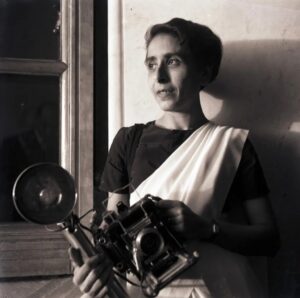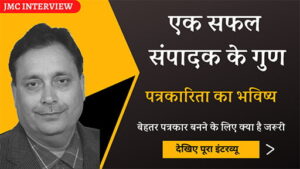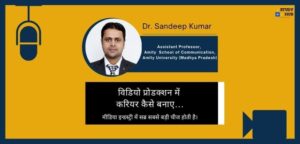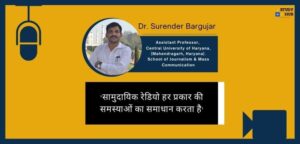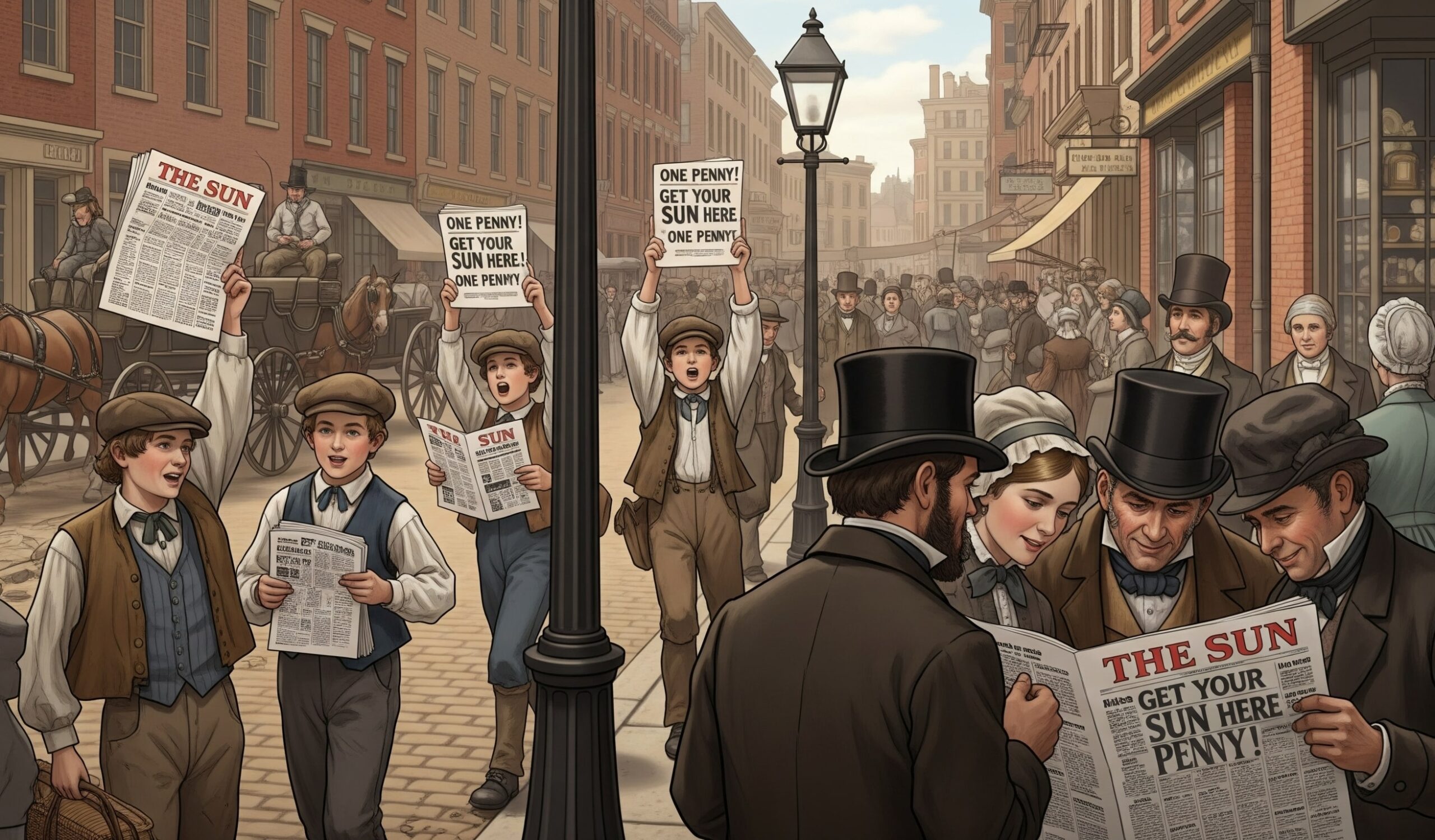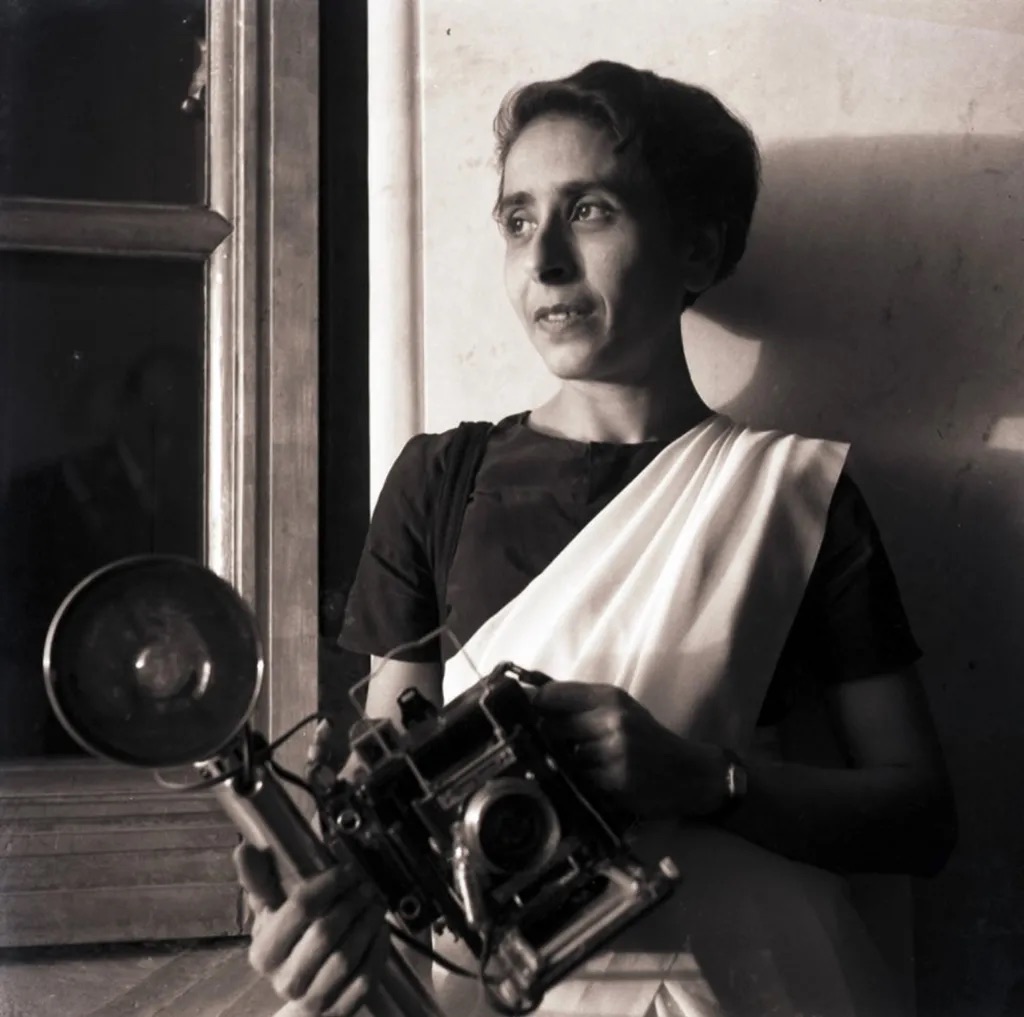The Newspaper (Price Control) Act, 1972 was in force for
(A) two years
(B) three years
(C) four years
(D) five years
Correct Ans: (A)
Explanation:
The Newspaper (Price Control) Act, 1972 remained in force for two years. The Indian Parliament enacted this law to address a specific concern — unfair pricing competition in the newspaper industry. Large media houses were pricing newspapers very low, making it difficult for small or regional publications to survive in the market.
To tackle this issue, the government introduced the Act as a temporary measure. It aimed to regulate the selling price of newspapers in proportion to their number of pages. Consequently, it discouraged dumping cheap, bulky newspapers into the market just to overpower smaller players.
Through this law, the central government gained authority to set maximum prices for newspapers. In addition, it could restrict the number of pages a newspaper could print at a given price. The government believed this would bring fairness to the market and protect press diversity.
However, the Act faced criticism. Many argued that it interfered with the freedom of the press and restricted business flexibility. Moreover, publishers challenged it in court, and the Supreme Court struck it down in 1974, declaring it unconstitutional. The Court ruled that controlling newspaper pricing violated Article 19(1)(a), which guarantees the freedom of speech and expression.
Thus, although the Act aimed to protect small newspapers, it only remained in effect for two years, from 1972 to 1974.




